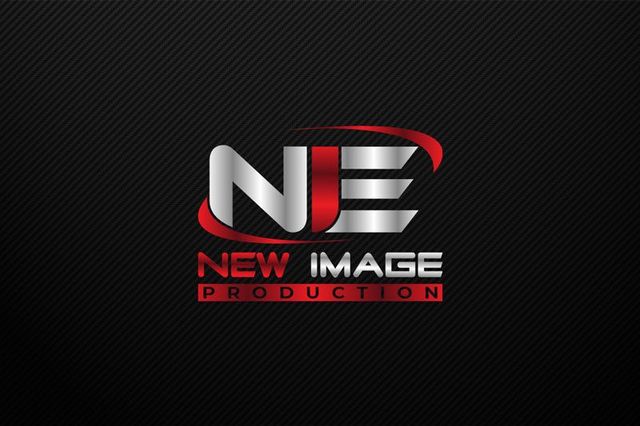Advantages of LED Display Walls Compared to Traditional Projection Technologies in Contemporary Visual Presentations
Advantages of LED Display Walls Compared to Traditional Projection Technologies in Contemporary Visual Presentations
Blog Article
LED display walls have grown progressively favored in various environments, such as educational institutions, businesses, and leisure locations. These advanced display technologies offer several advantages over traditional projector technologies. Understanding these benefits can help organizations make knowledgeable choices about their visual requirements. This piece will explore the main benefits of LED video screens, including luminosity, image quality, adaptability, upkeep, and energy conservation.
One of the most significant benefits of LED display screens is their luminosity. LED tech produces vibrant and bright images that can be readily seen in multiple illumination conditions. Unlike traditional projection systems, which can have difficulty in brightly lit settings, LED display screens maintain their clarity and hue precision even in bright rooms. This makes them ideal for outdoor activities or places with large windows. The elevated brightness levels ensure that the content displayed is consistently clear, making it easier for viewers to engage with the information being shown.
In furthermore to brightness, Light Emitting Diode display walls provide enhanced visual quality. They offer greater definition and improved hue rendering compared to traditional projector systems. This means that images and footage displayed on an Light Emitting Diode wall appear sharper and more defined. The dot density of LED screens allows for near viewing without sacrificing clarity, which is especially crucial in settings like trade shows or meetings where attendees may be nearby to the screen. Furthermore, LED tech can produce deeper blacks and click to read more vibrant hues, enhancing the overall visual impression.
Flexibility is another important advantage of LED display screens. These systems can be configured in multiple sizes and forms to fit different spaces and design needs. Unlike conventional projectors, which require a specific distance from the display to operate correctly, Light Emitting Diode video walls can be set up in a variety of environments. They can be curved, tiled, or even used in innovative layouts to create unique display exhibits. This adaptability allows organizations to customize their visual exhibits to suit their specific needs, making LED video walls a flexible choice for any environment.
Maintenance is also a crucial factor when contrasting Light Emitting Diode display walls to conventional projector technologies. LED displays generally require less maintenance over the years. Traditional projectors often need lamp replacements and regular maintenance to maintain optimal functionality. In comparison, Light Emitting Diode technology has a longer lifespan and does not require frequent replacements. This lowers downtime and upkeep costs, making LED display screens a more economical solution in the long future. Companies can concentrate on their displays rather than concerned about the upkeep of their visual technologies.
Lastly, energy efficiency is an important consideration for many organizations. LED video screens consume less power compared to traditional projection systems, which can lead to significant savings on energy bills. This is especially beneficial for businesses and venues that operate displays for extended times. Additionally, the reduced power usage of Light Emitting Diode tech contributes to a lowered ecological footprint, making it a more sustainable choice. By choosing LED video walls, companies can benefit from premium visual screens while also being considerate of their power consumption and ecological impact.
In summary, Light Emitting Diode display screens offer many benefits over conventional projection systems. Their brightness, image quality, adaptability, minimal upkeep requirements, and power conservation make them an superior option for contemporary visual displays. As technology continues to advance, Light Emitting Diode display screens are likely to grow even more prevalent in various settings, providing companies with the resources they require to efficiently convey and engage with their audiences.